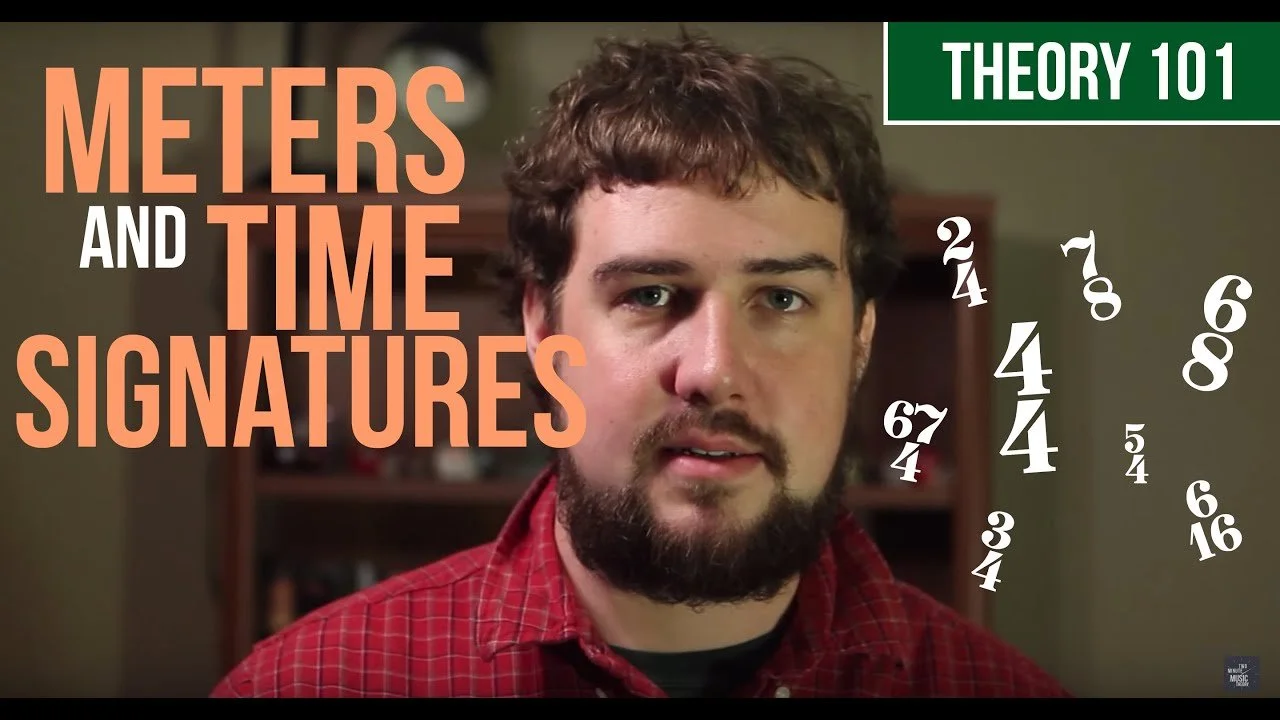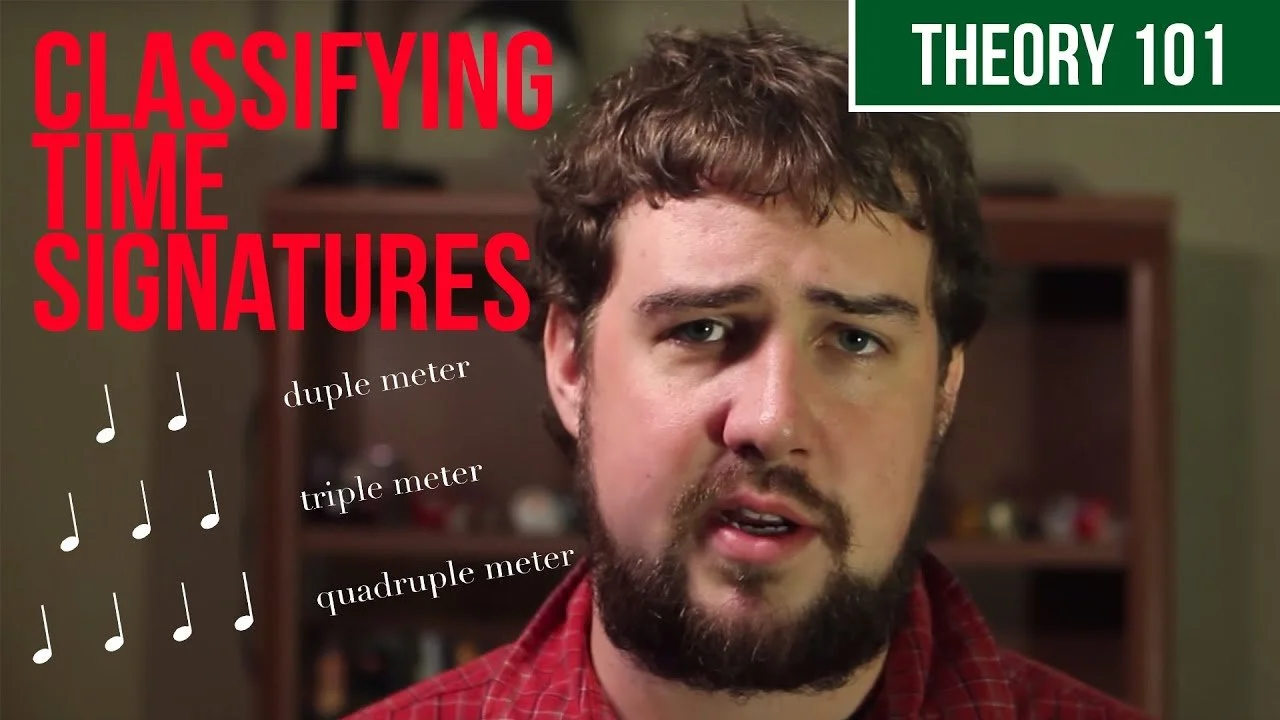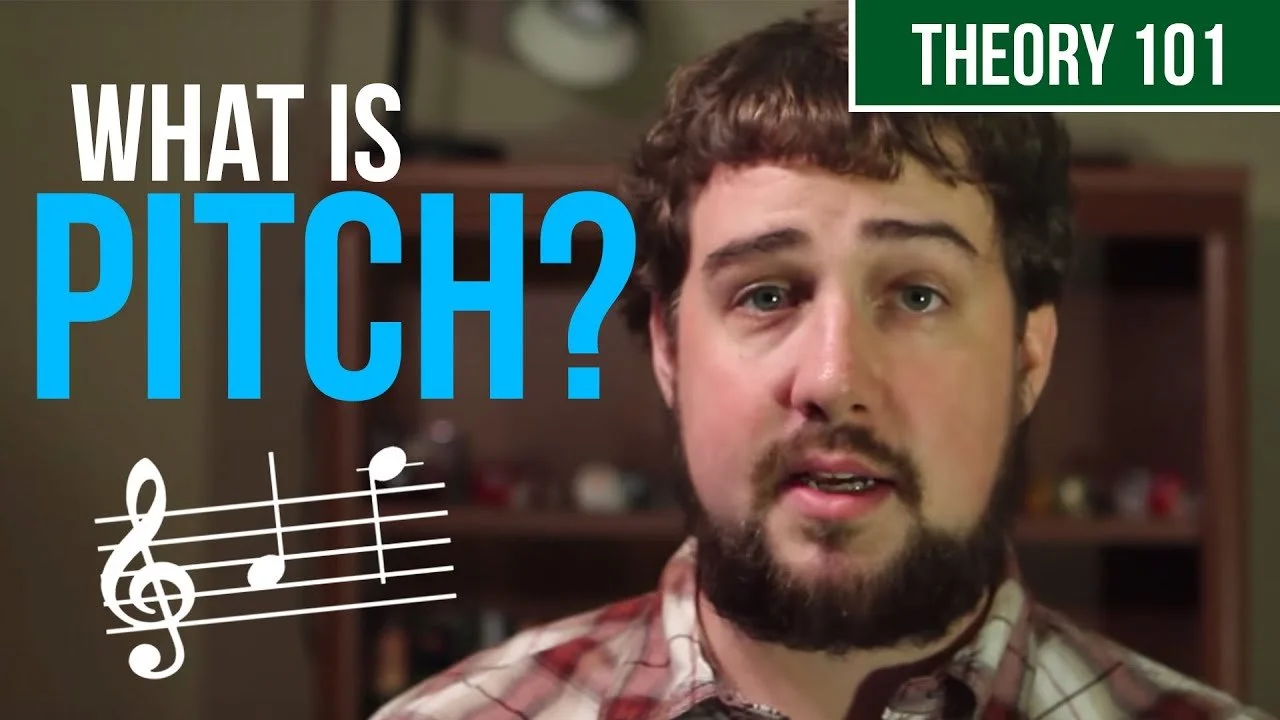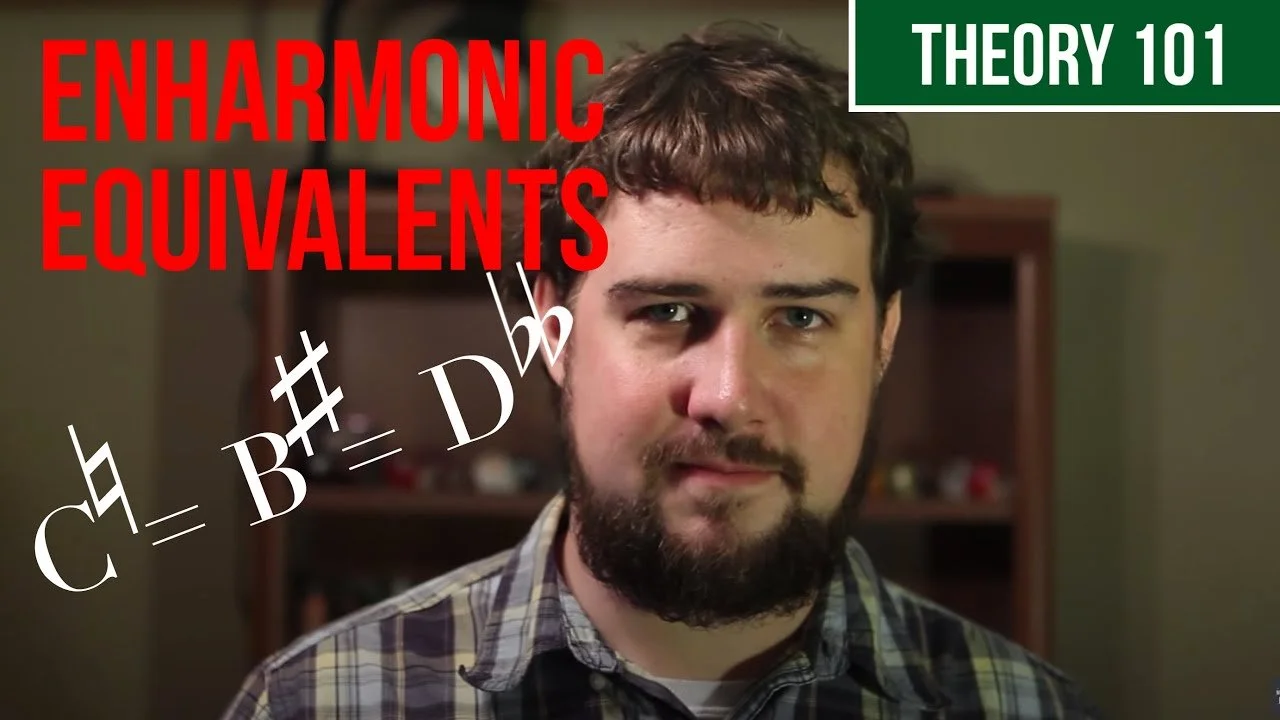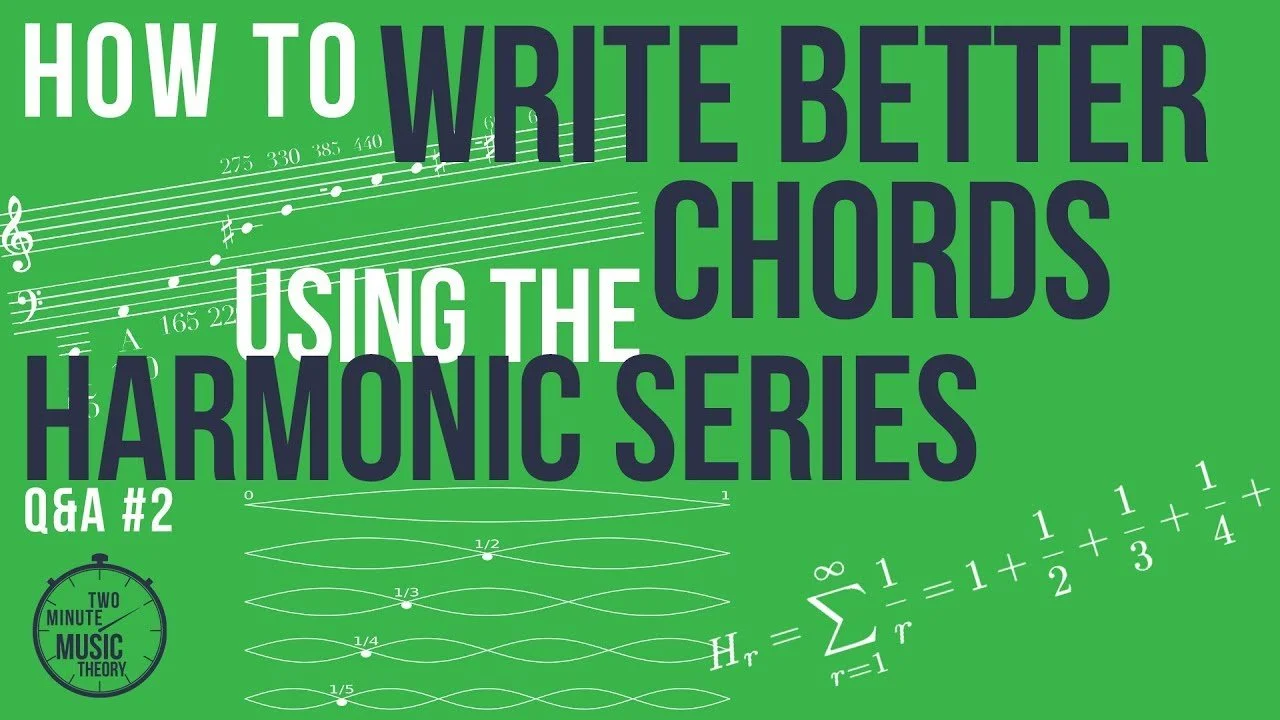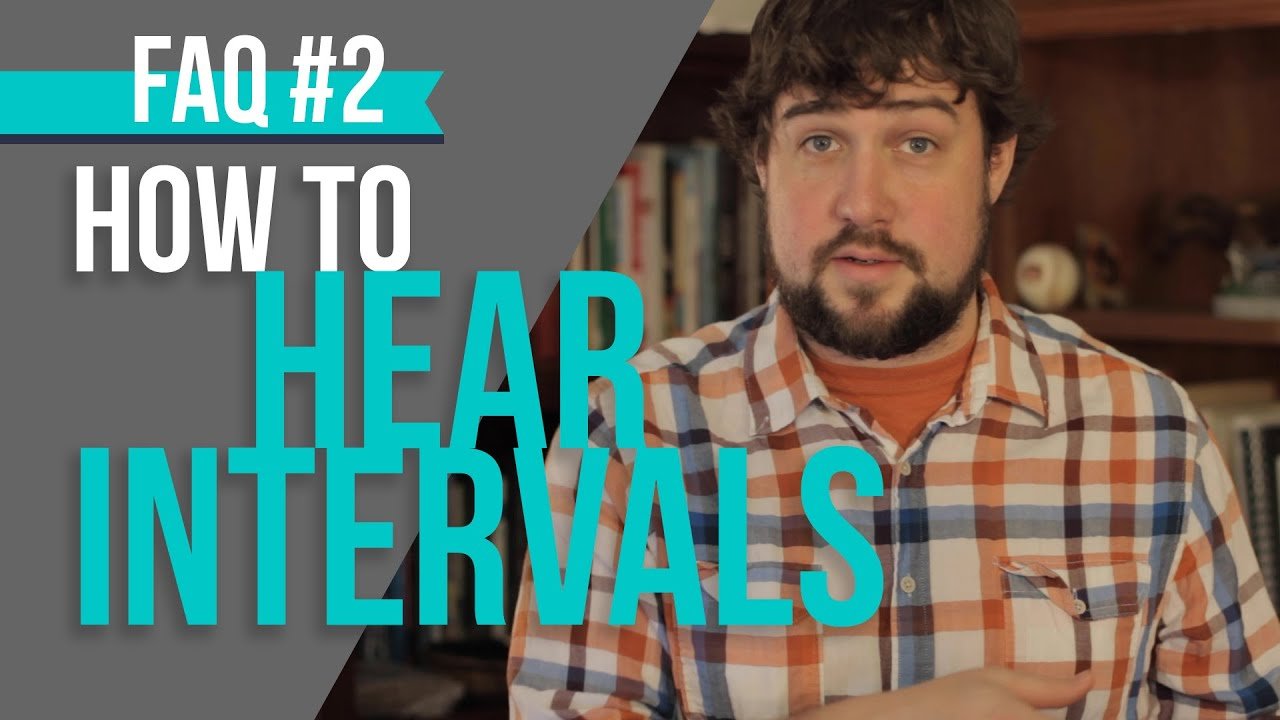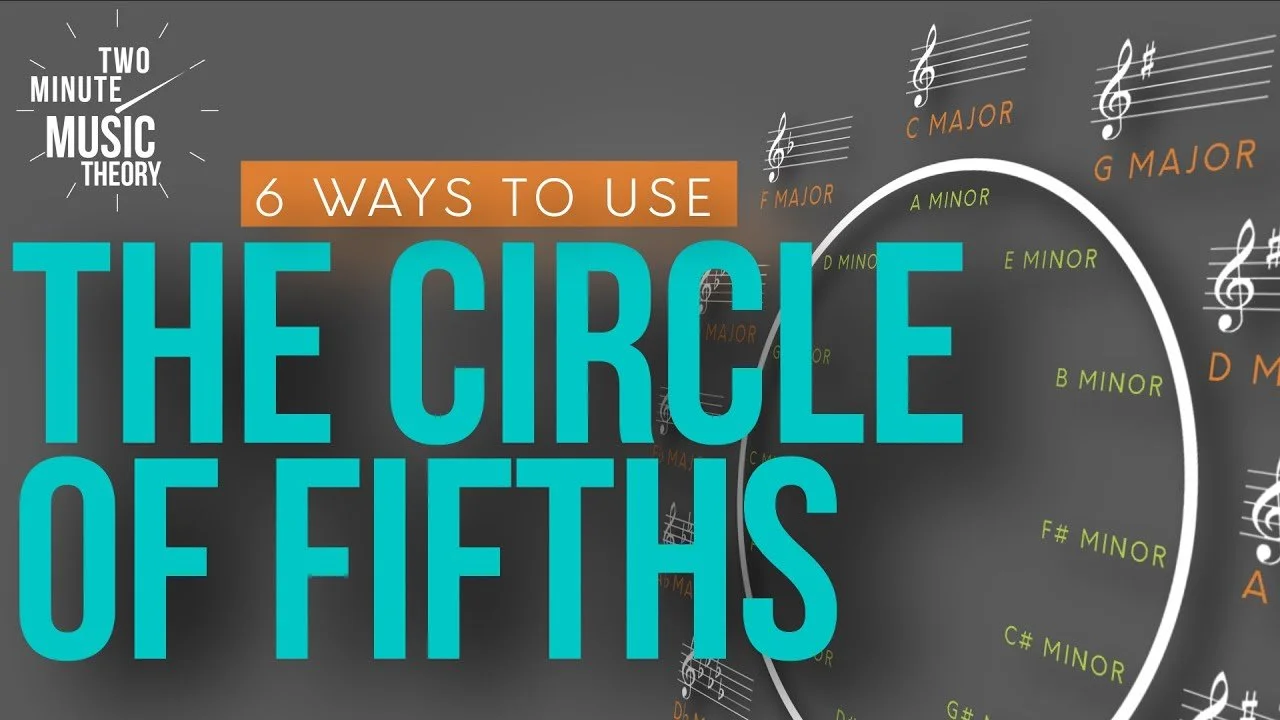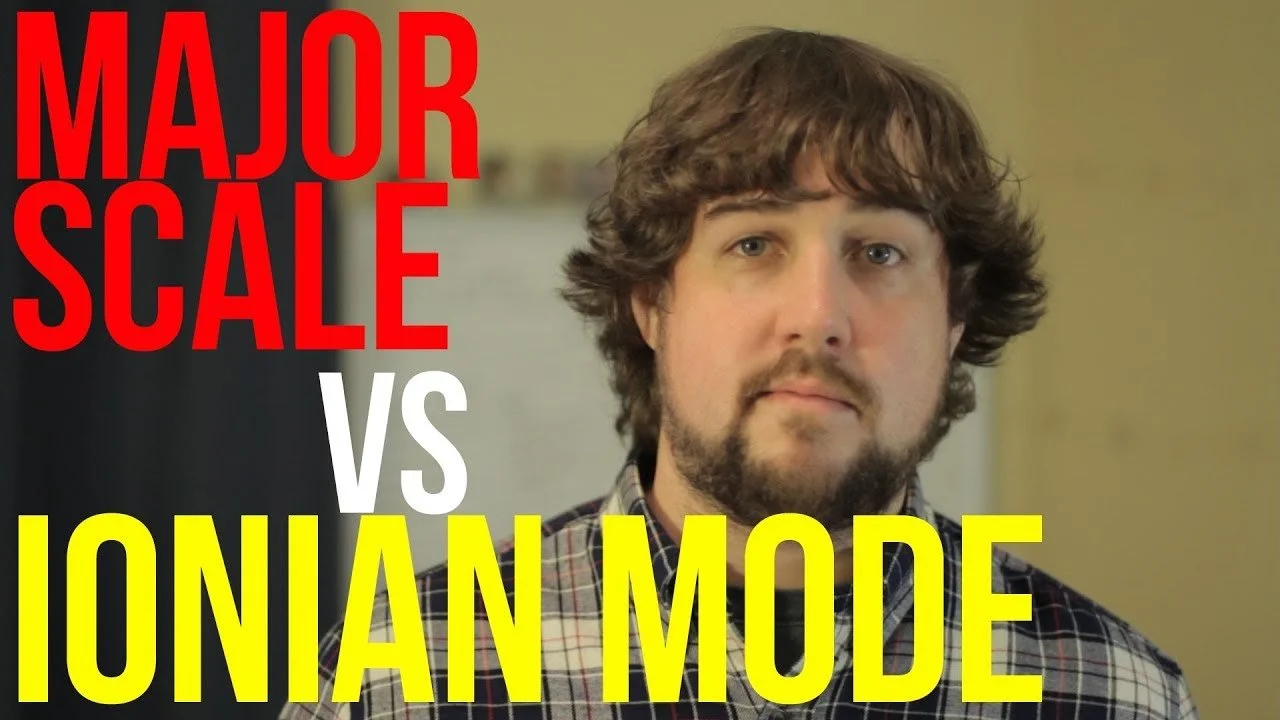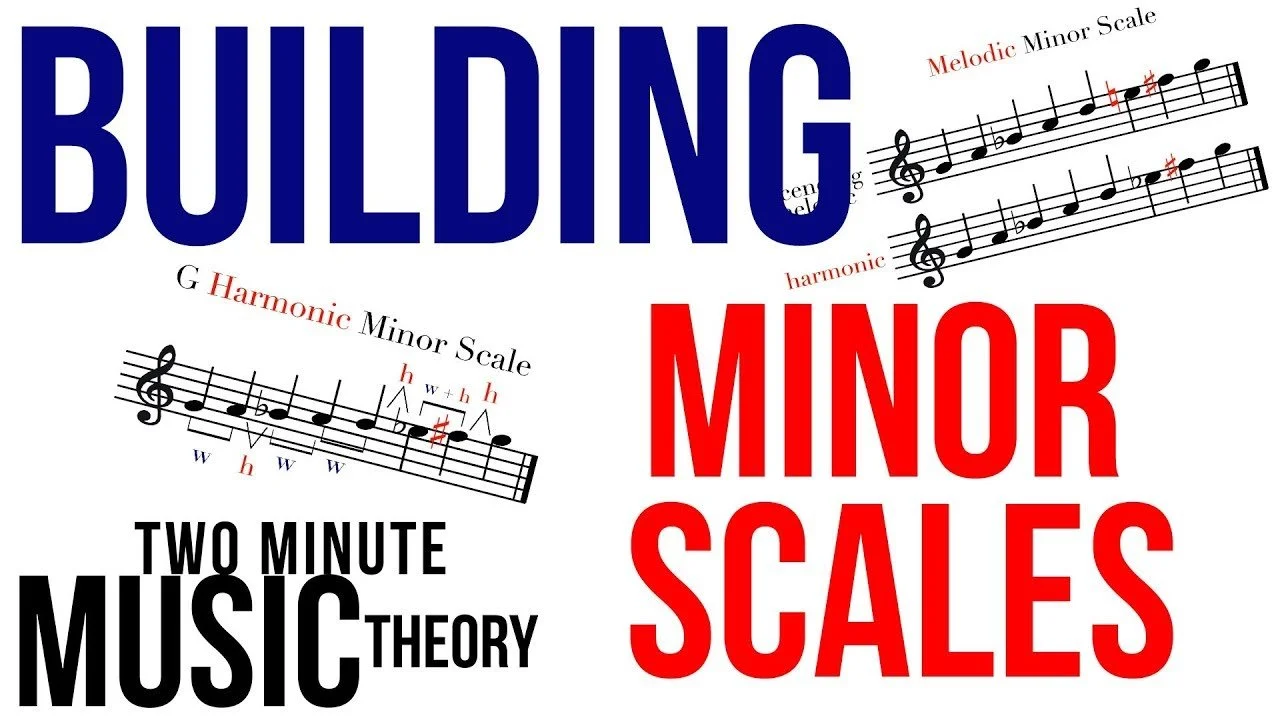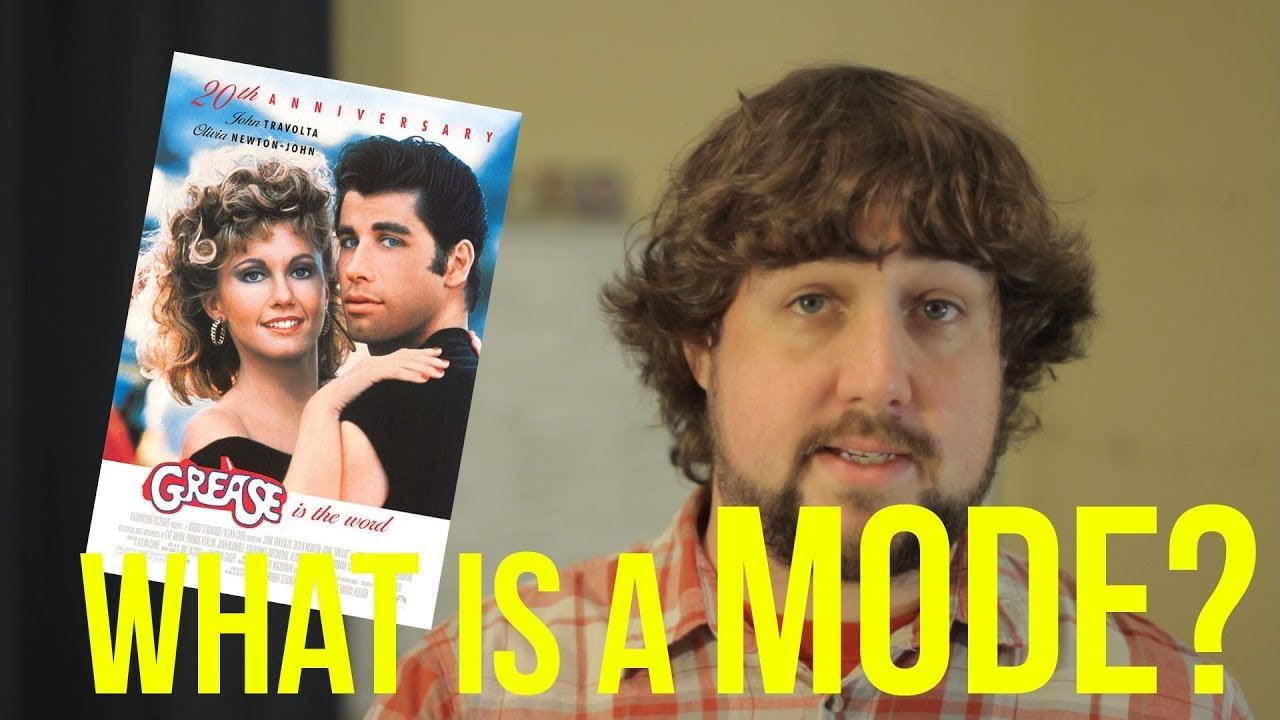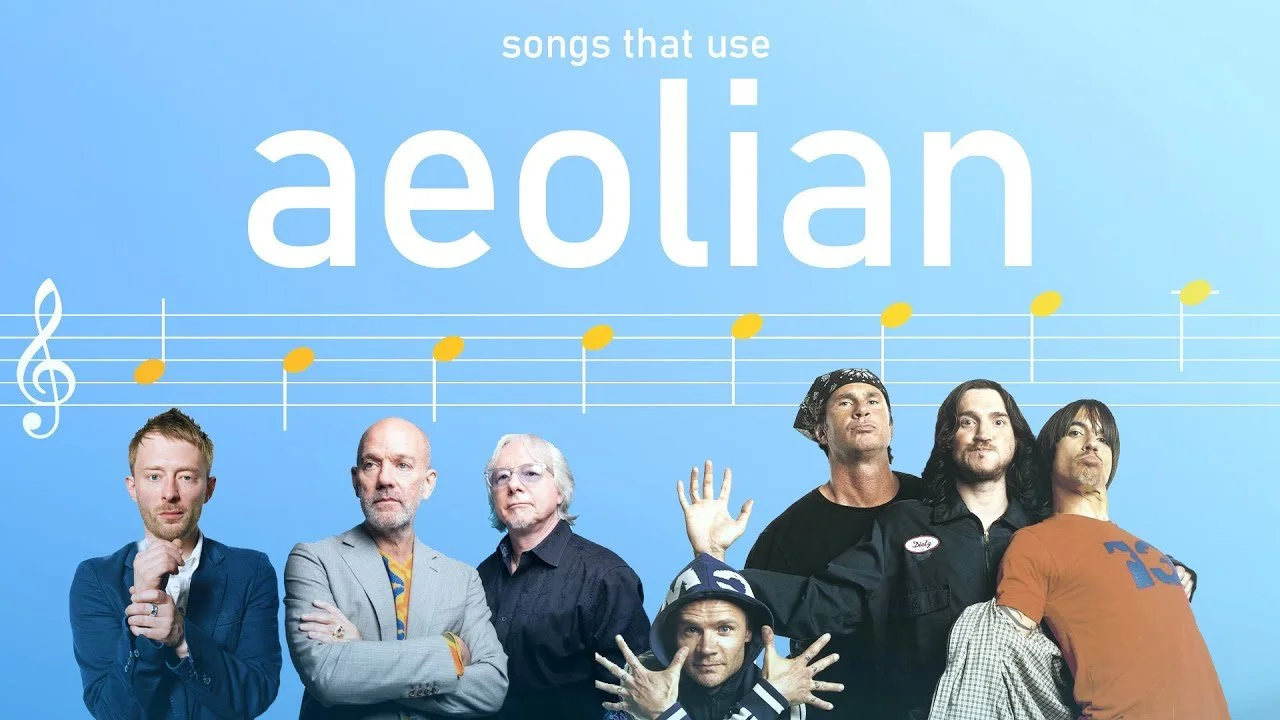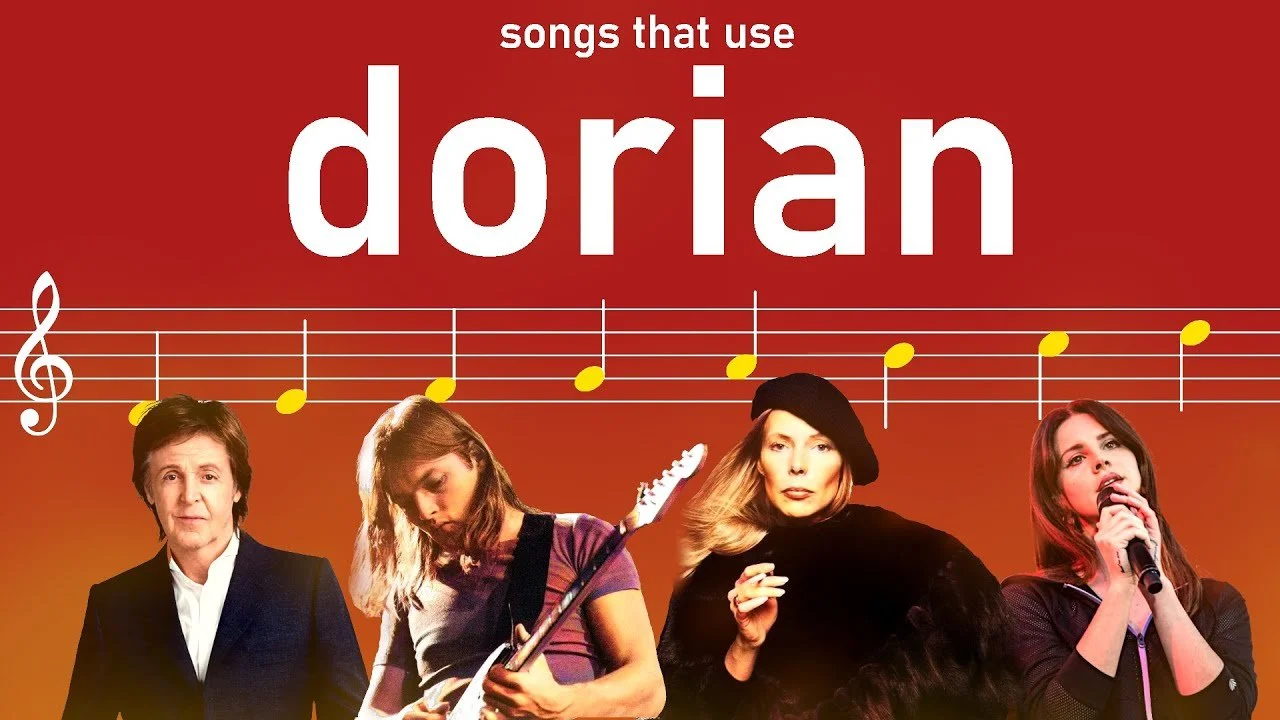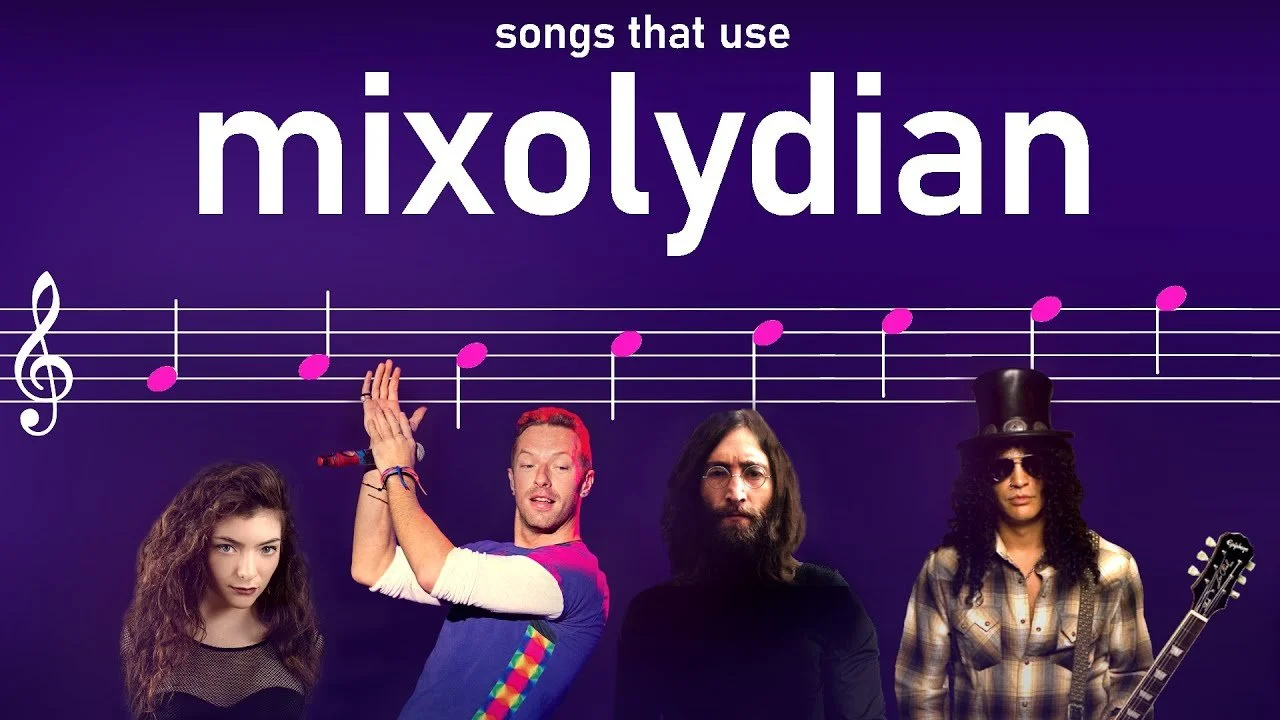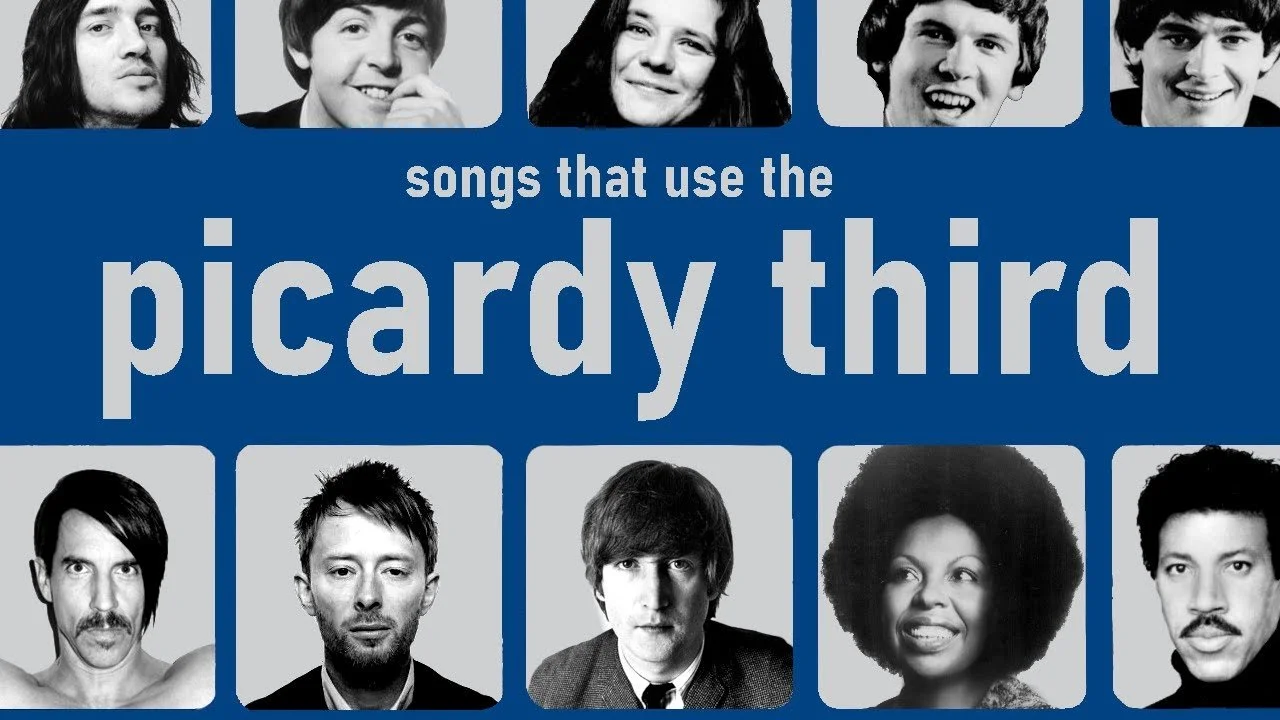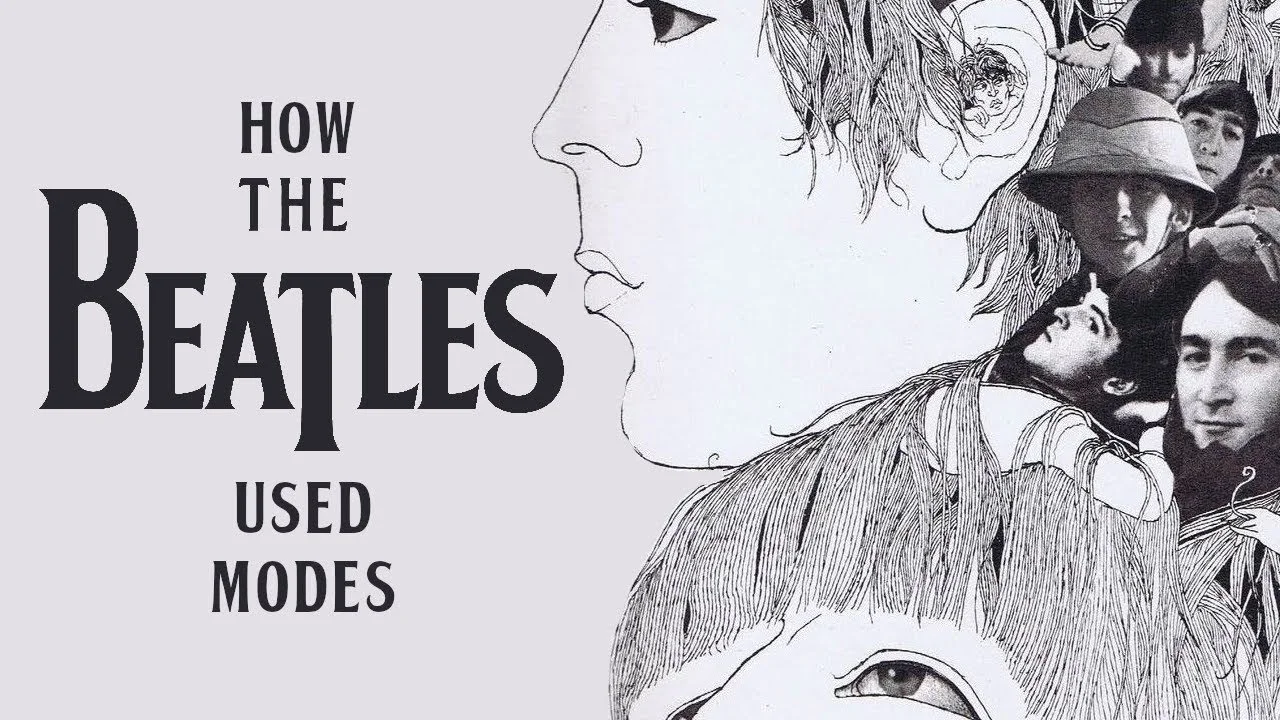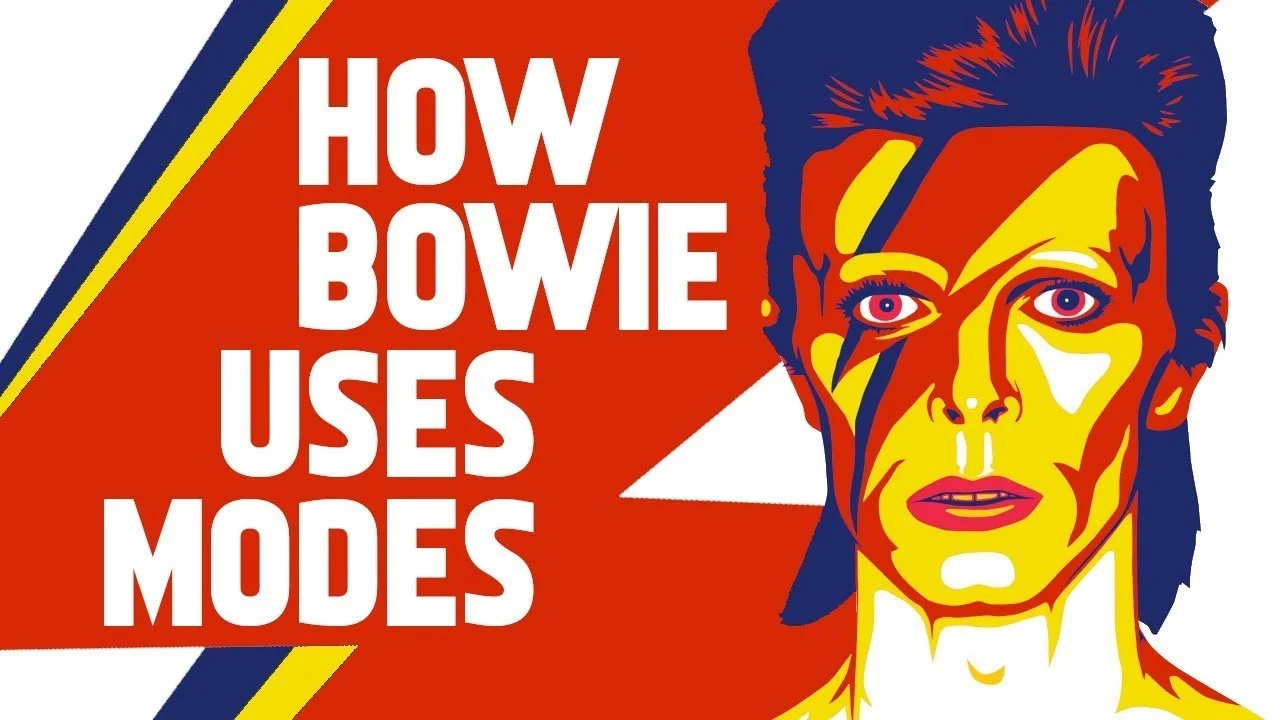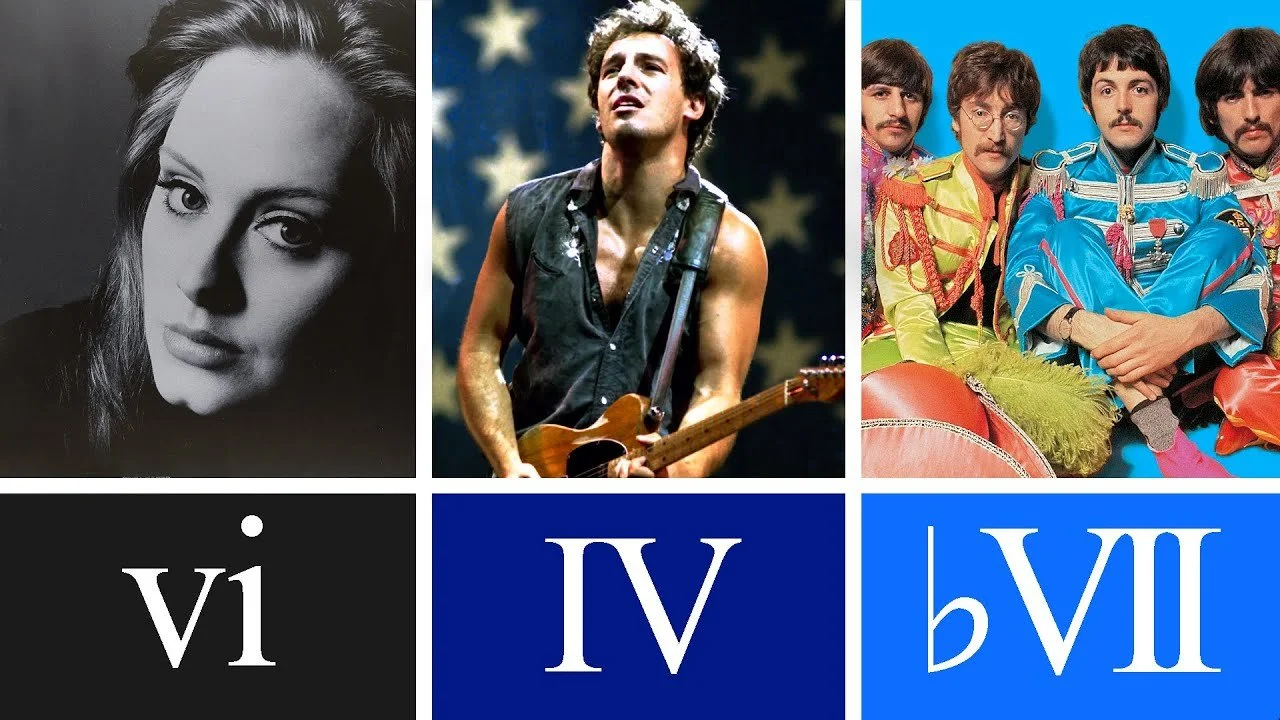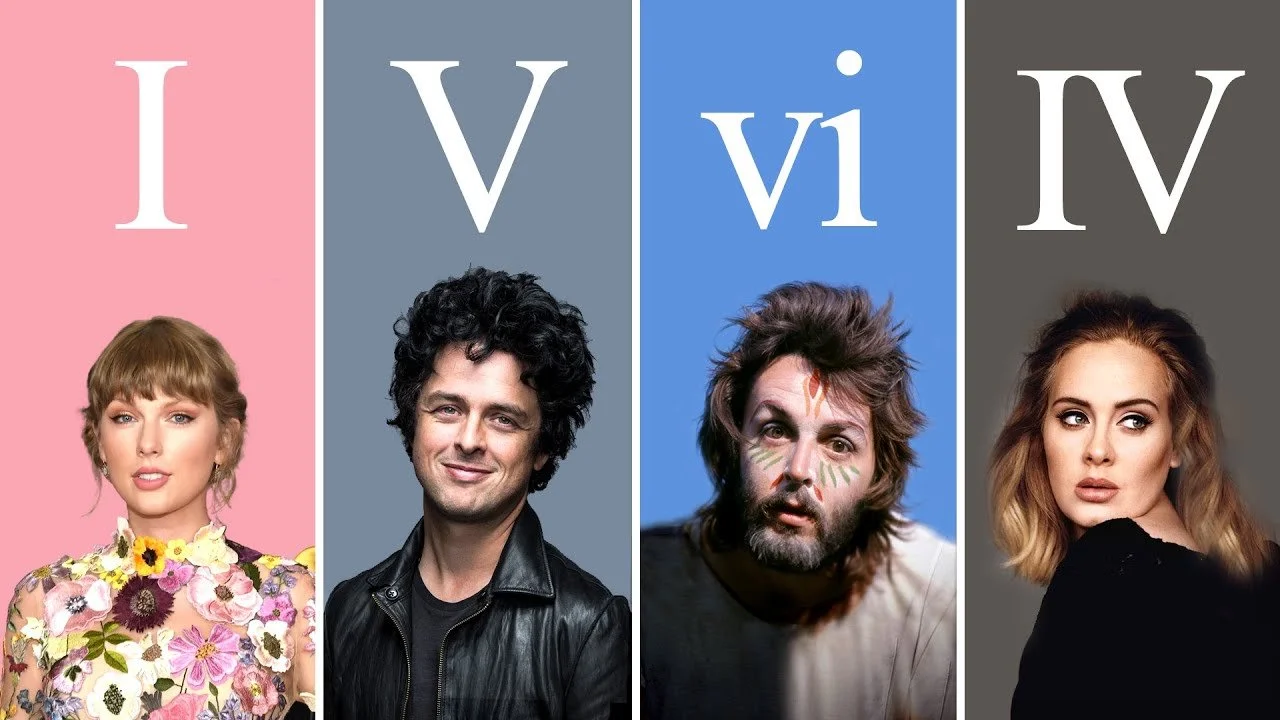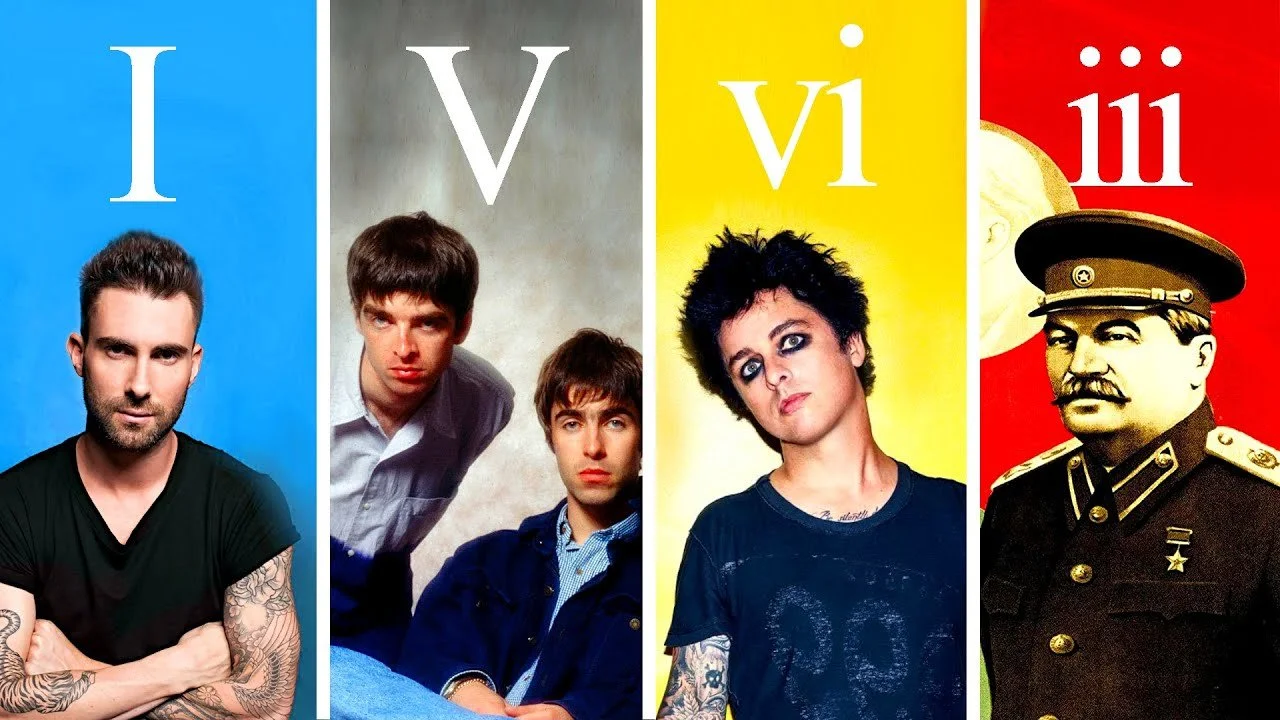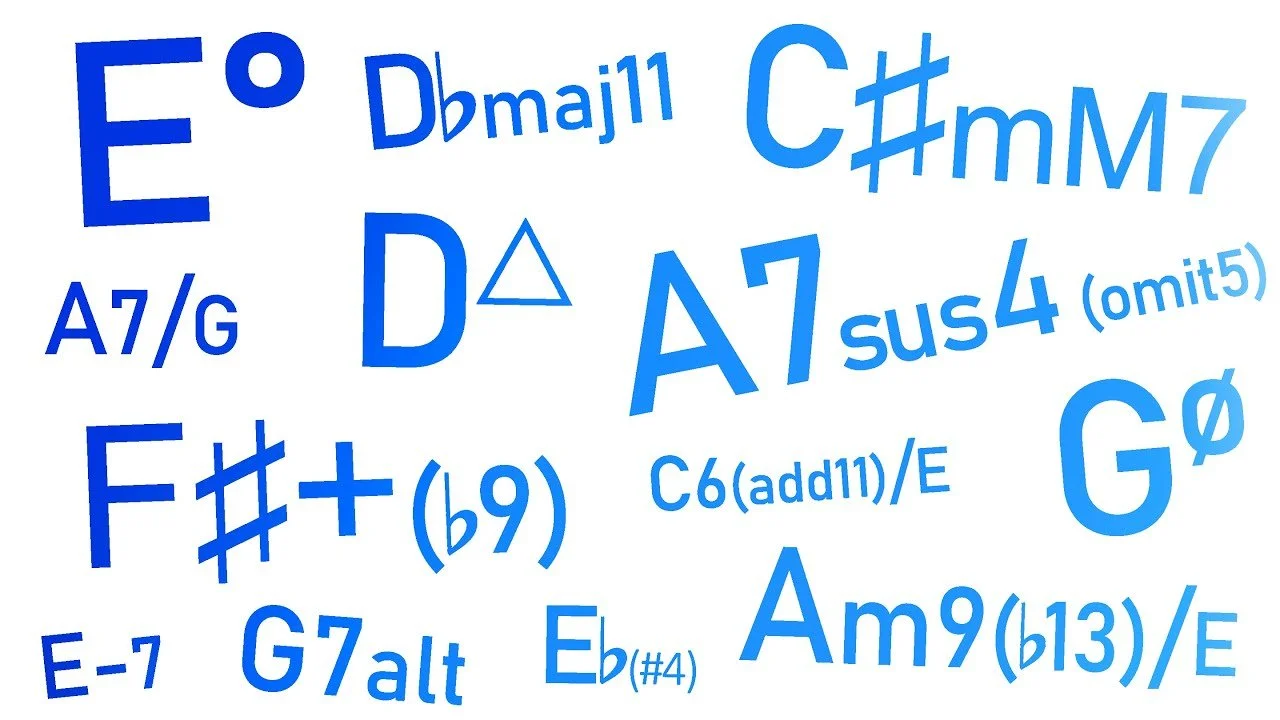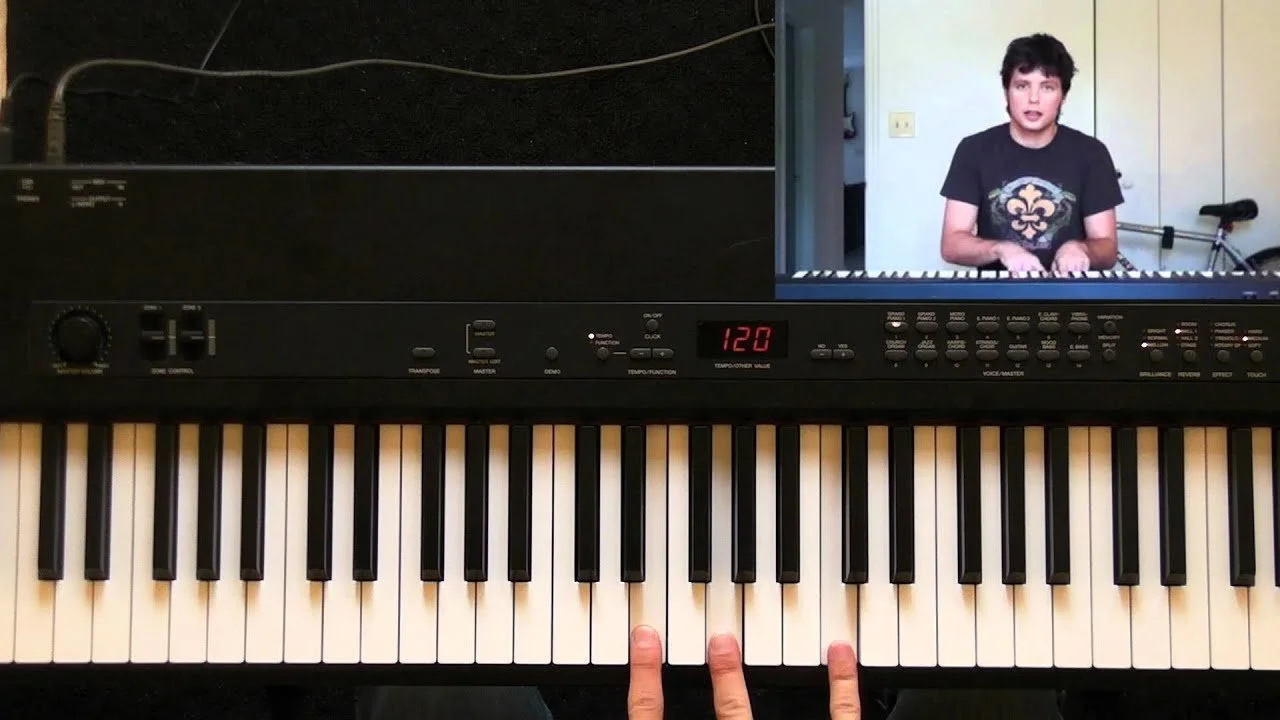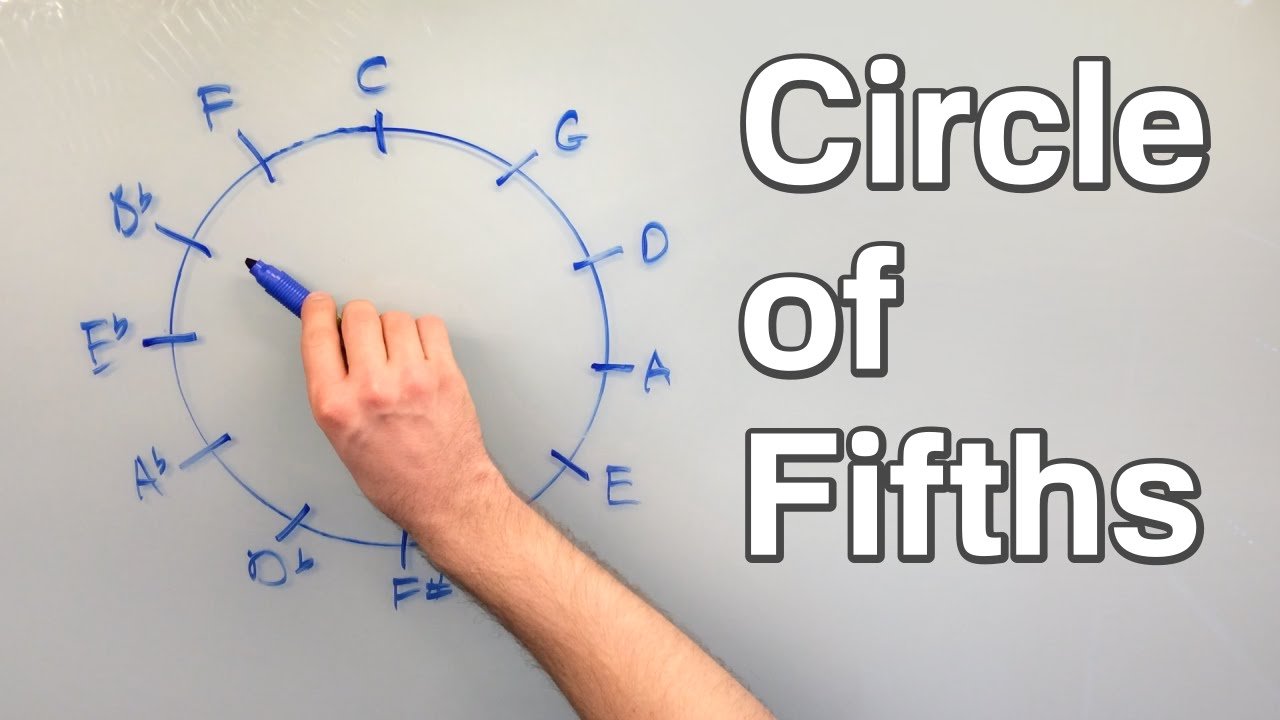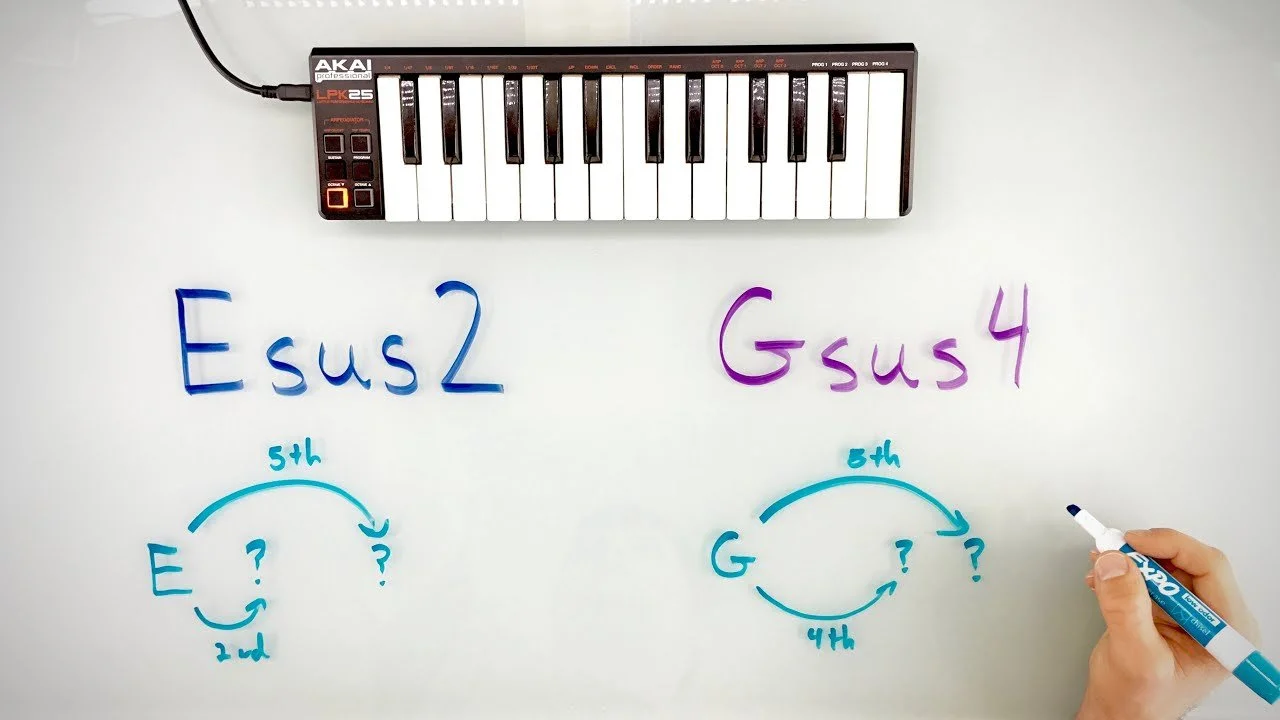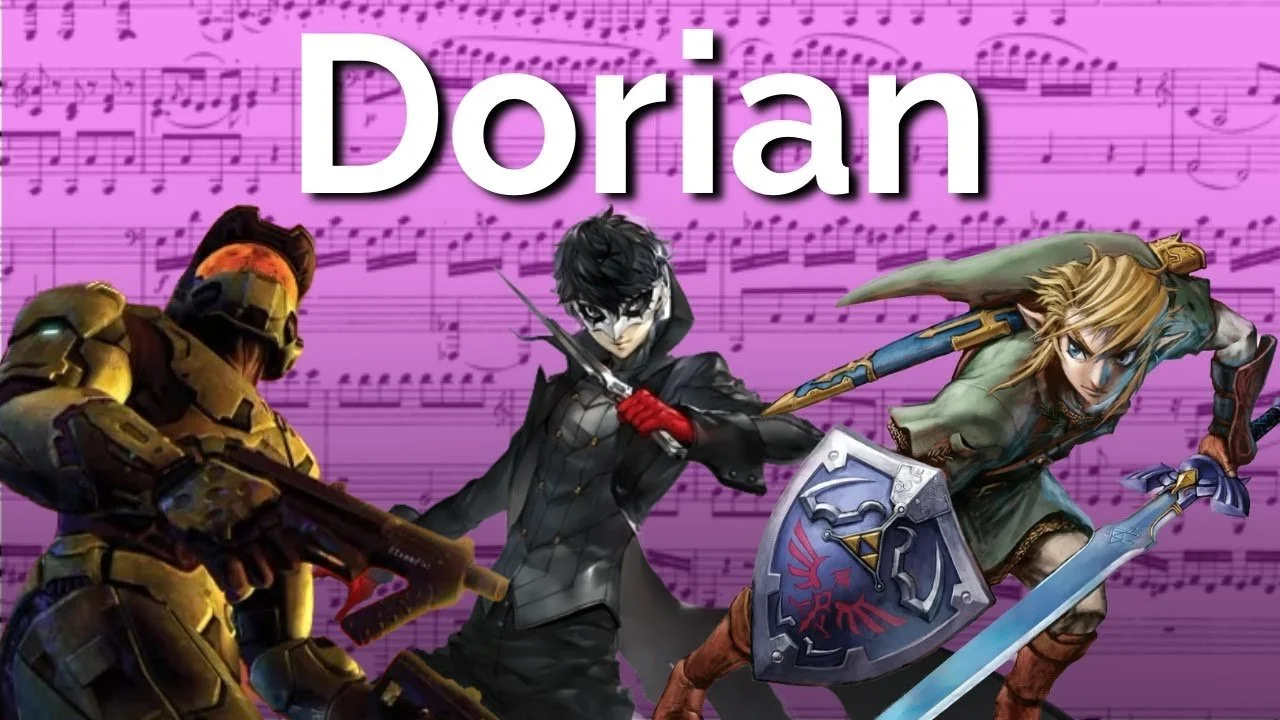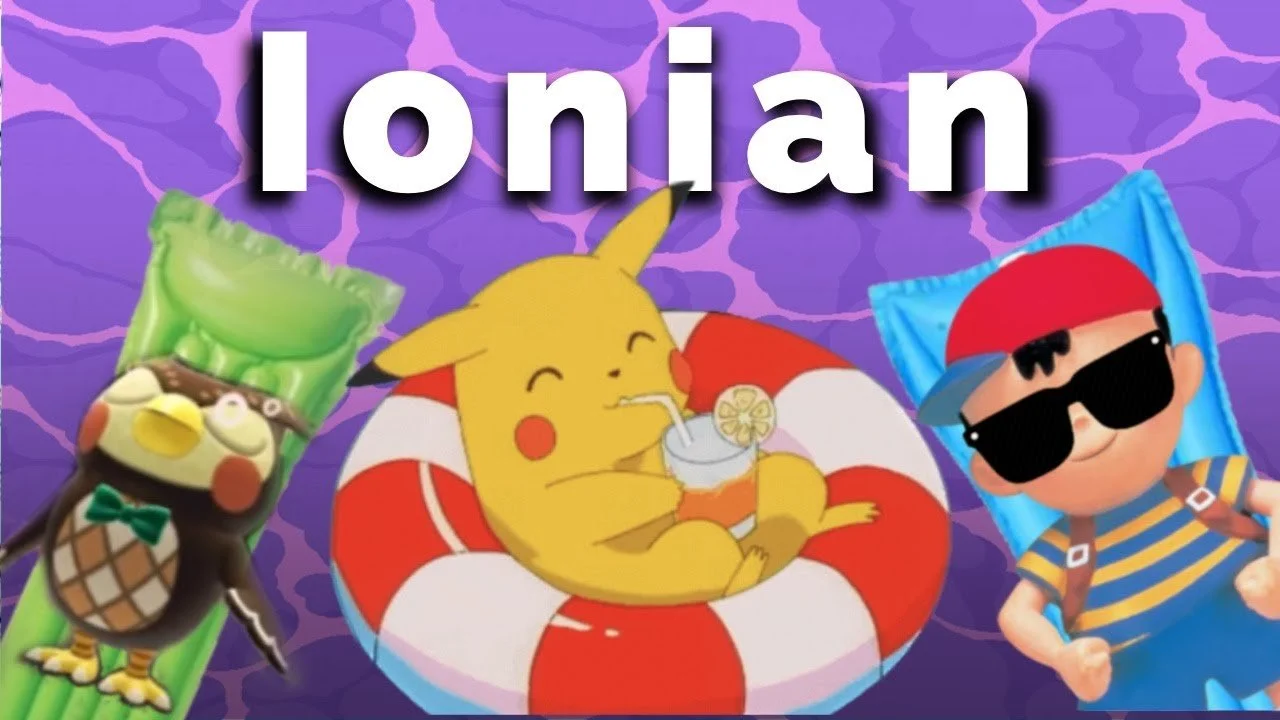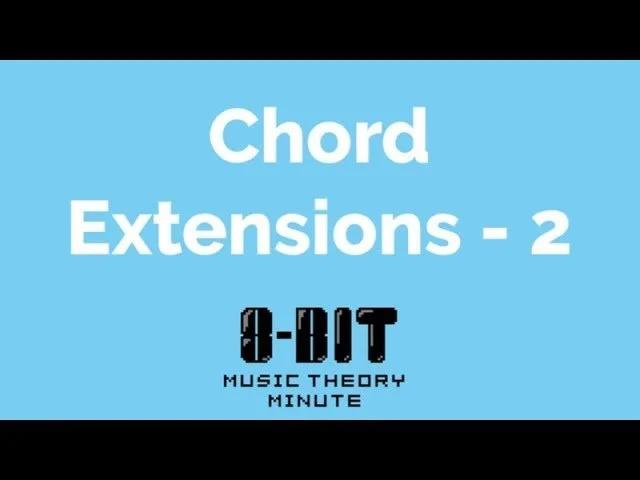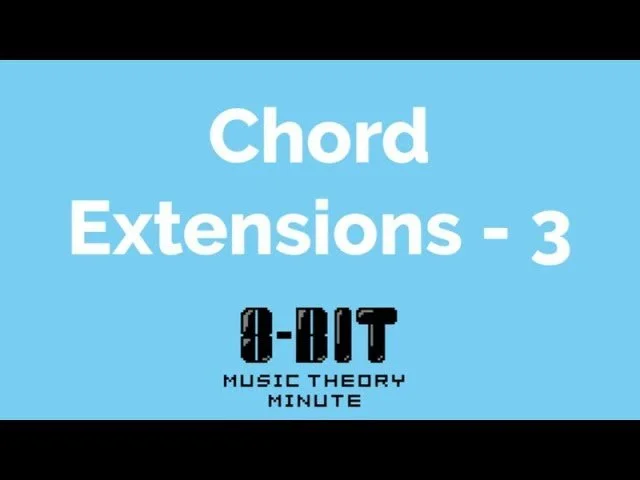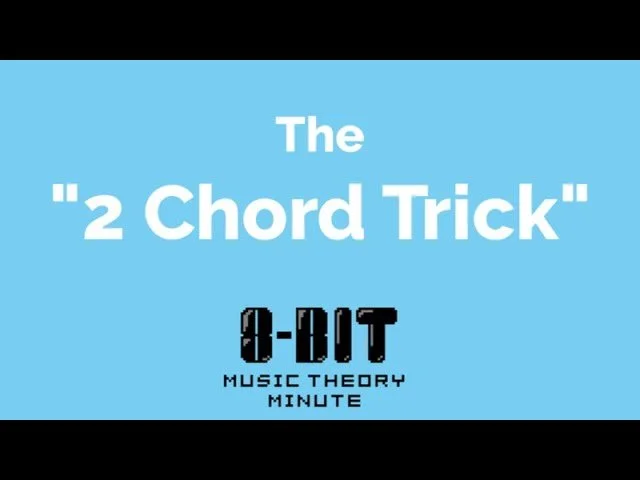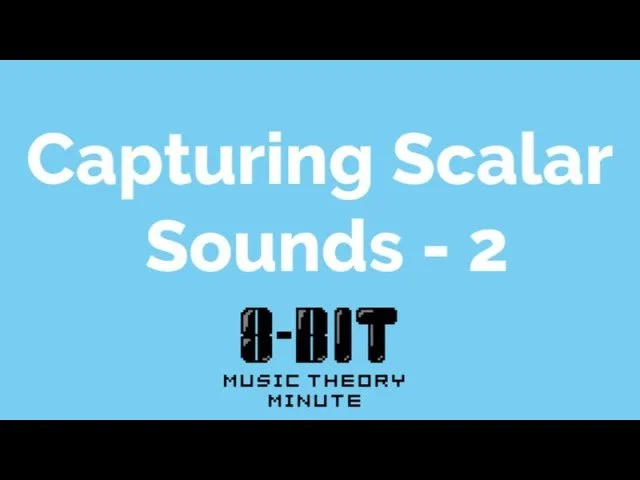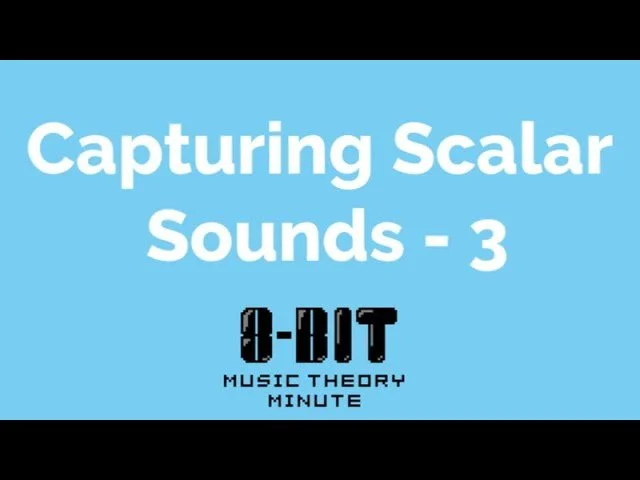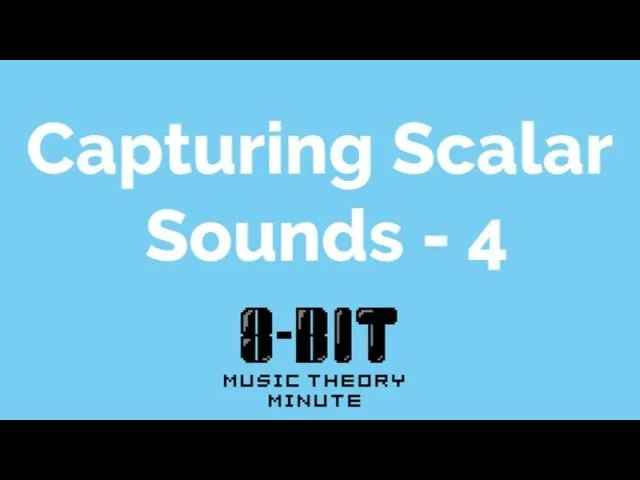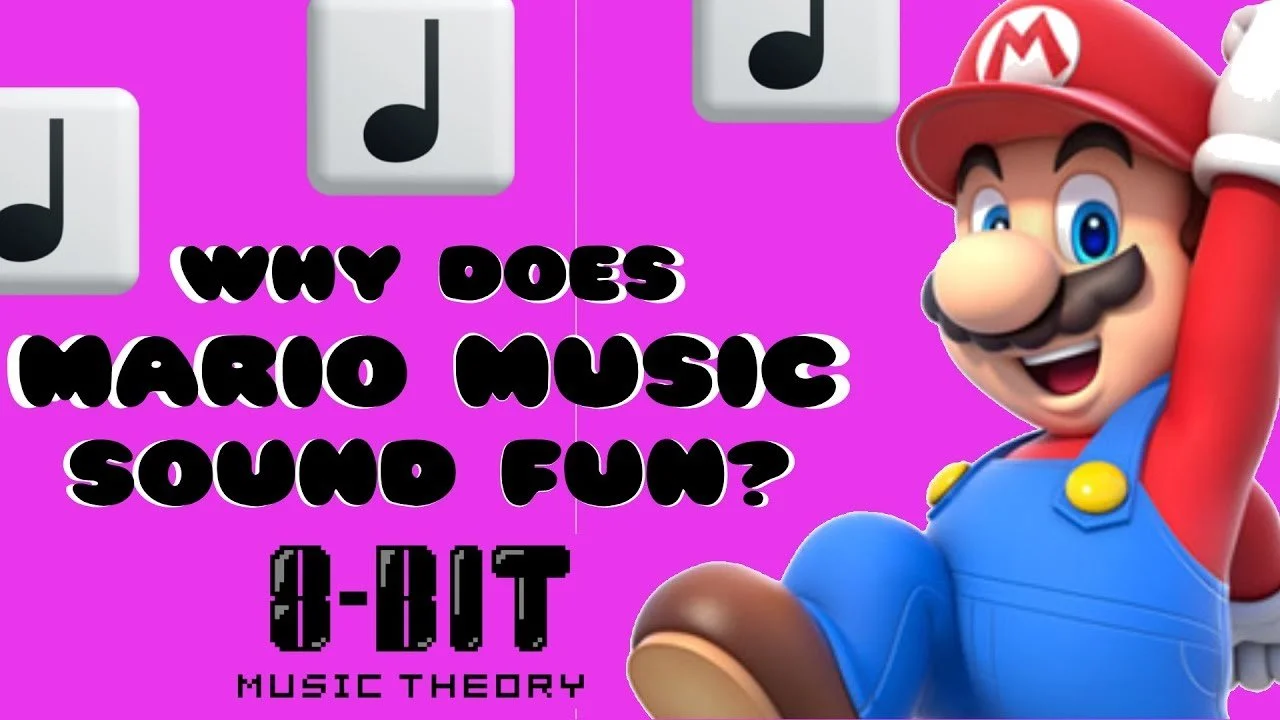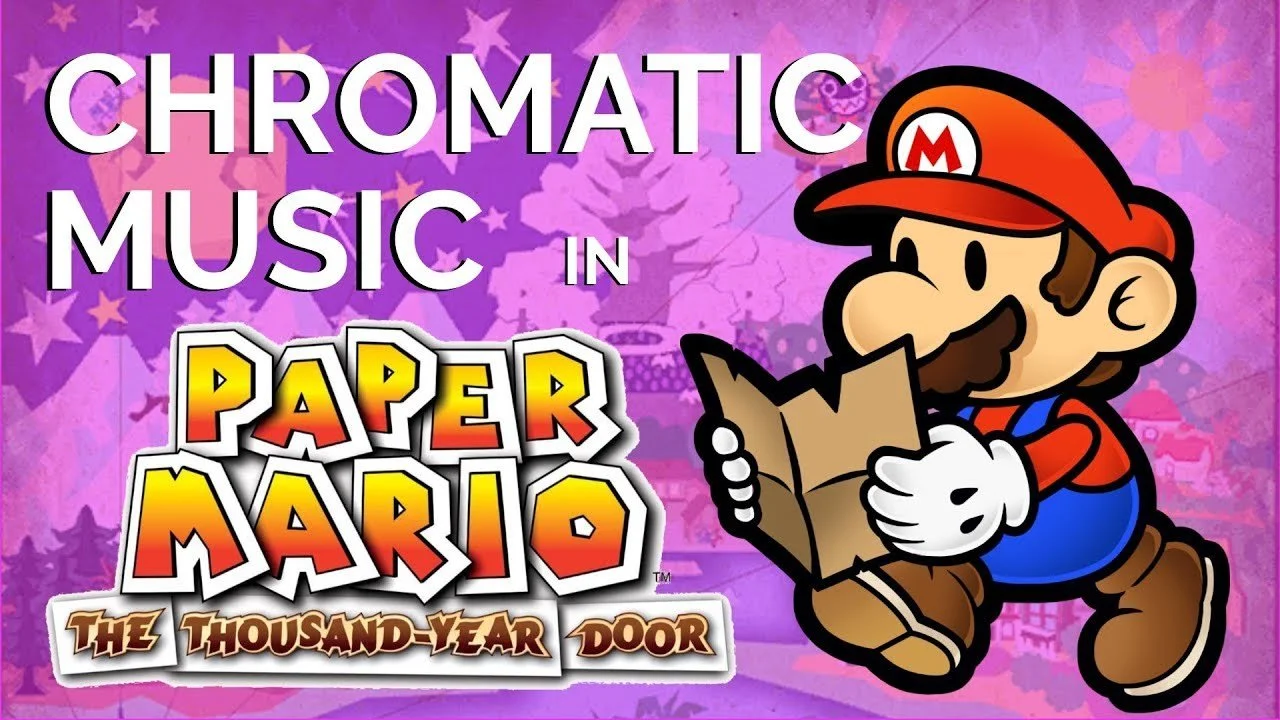
Online Learning Centre
Book a Passport Presentation!
Choristers should book NO MORE THAN TWO back-to-back presentations slots, for a total of 1 hour of presentation time, per day to allow for more students to present and preserve singer stamina.
Passports with AMY until AUGUST 7 are currently being booked:
Tuesdays 1pm-7pm
Wednesdays 10am-noon, 2:30pm-5pm
Thursdays 2pm-5pm
Study Materials
Passports are completed in numeric sequence from Cantiga’s Beginner 1-4, Novice 1-6, and in Cantare: Primary 1-6, Junior 1-12, and MODES 1-2.
First year Cantiga choristers are expected to complete Beginner 1-4
Cantiga Choristers are expected to complete up to Novice 6 by the end of their time in Cantiga in order to prepare basic skills needed for the move-up to Cantare
Cantare Choristers are expected to move through the Junior, Primary, and Modes levels throughout their time in the ensemble
Study Videos for each Passport level can be found HERE
Records Check
Can’t remember which passport you’re supposed to be working towards completing? Not to worry! Submit the form below and we will check our record book and see what you should be working on next :)
Passport FAQs
-
Complete the form in the scheduler ON THIS PAGE to book in a time with one of our interns.
-
Nothing! All of the presentation materials will be provided for you.
-
Students have the list of passport requirements inside their SCALE PAGES in their music bag. All of the study materials, rhythm pages, and canons are inside your child’s SCALE PAGES.
-
Send an email to intern@cantarechildrenschoir.org with your concerns and we can arrange an alternate solution.
Cantare 25-26 Repertoire
Bach, JS. - BWV 166 “Ich bitte dich, Herr Jesu Christ”
Bach, JS. - BWV 116 “Du Friedefürst, Herr Jesu Christ”
Mazzoni - “Credo in C”
Mendelssohn - Op. 39 “Laudate Pueri”
Peterson - “Hymn to Freedom”
Two-Minute Music Theory
Small lessons for your Summer!
Jesse Strickland’s “Two Minute Music Theory” mini-course breaks music theory concepts down into tiny bite-sized videos. Watch through from the very basics all the way to more advanced concepts
Chapter 1 - Music Theory 101; Chapter 2 - Intervals; Chapter 3 - Chords; Chapter 4 - Scales and Modes; Chapter 5 - Acoustics; Chapter 6 - The Building Blocks of Music

MUSIC HISTORY E-COURSES
Sign-In to your Hub Account to TRACK YOUR PROGRESS as you complete each lesson!
This site is currently considered in the BETA STAGE of development, and far from a finished tool. Some course modules are fully online, while others are still going through a state of revision - YOU WILL ENCOUNTER SOME BUGS AND LINKS THAT LEAD NOWHERE FOR THE NEXT FEW MONTHS. Please know that the site is being developed constantly and will be fully operational as soon as possible.
Renaissance and Baroque modules are 98% completed, with minor edits and revisions still occurring. The Remaining Modules (Classical, Romantic, Modern, Atomic, Millennial) are in varying stages of completion with most repertoire positioned into place, but the remaining lesson plans are still in a state of being created and developed.
A number of smaller Mini-Course Modules are also in development with more announcements coming soon
In Each Lesson you will find:
Title Video/Key Performance - Each lesson begins with a video of a performance by one of the world’s leading singing groups. Watch these video all the way through, they are intended to be “Essential Listening” to help you understand either the general sound of a specific composer OR to highlight an essential work that is constantly performed today
A Biography and Information Section - detailing the important influences on the composer. This section in its current form pulls largely from the Enclyclopedia Britannica, which offers succinct, well-researched, fact-checked information that is freely available to the public
a MORE From This Composer Section including curated publicly available works by the compeers
(NOTE ABOUT CONTENT: We are working to fully match this curriculum to the RCM Syllabus so both tools can work together in tandem)
View Available Courses
-

(INTRO) Early Music
-1300
Pre-Renaissance Music-Making: How Music Spreads From One Culture to Another
Gregorian Chant, Hildegard von Bingen, Medieval Music
9 Lessons
-

The Renaissance Period
1300-1600
Early Polyphony, Part-Songs, Madrigals, Chansons, and Polychoir. Venice and BEYOND
Highlight Composers: G Gabrieli, C. Monteverdi, T. Tallis, W. Byrd, GP Palestrina
21 Lessons
-

The Baroque Period
1600-1750
The Cantata, The Oratorio, The Opera - Music finds form and function!
Highlight Composers: JS. Bach, GF. Händel, A. Vivaldi, MA Charpentier
34 Lessons
-

The Classical Period
1750-1820
The Sonata, The Symphony, The Piano
CPE Bach, WA. Mozart, J. Haydn, LV Beethoven
-

The Romantic Period
1820-1890
Lieder, Requiems, Poetry and Expression
J Brahms, F Schubert, Robert and Clara Schumann, G Mahler, S Rachmaninoff
-

The Modern Era
1890-1945
Modernism in Music
Music of the Soviet Union
B Britten, A Copland, Shostakovich
-

The Atomic Era
1945-2000
Post-War Music
Post-Modernism
Eric Ericson and the First Professional Chamber Choir
-

The New Millennium
2001-
Choir in the Digital World
Global Musical Movements
Special Topics: History
-

Singing Revolutions
The Swedish Choral Miracle (1945-2000)
The Baltic Singing Revolution (1987-1991)
-

Indigenous Voices
-

COVID-19: Pandemic Music-Making
The Virtual Choir
Car Choir
Advanced
Concepts
Music Theory in Popular Music
David Bennett is a pianist, songwriter and music lover creating educational videos about all things interesting in music and music theory.
Whether in its original form, or with slight adjustment, the chord progression used throughout Johann Pachelbel's "Canon in D" has been repurposed into numerous pop songs, and Peter Waterman even claims that Canon is "the godfather of all pop music".
Advanced
Concepts
Michael New Music Theory Tutorials
Michael New’s music theory tutorials offer clear and concise deep-dives into musical concepts. These 10-25 minute video tutorials are densely packed with information for advanced choristers!
This lesson is on chords, how they work, and the basic intervals that make them up. Learning the underlying music theory behind chords will not only allow you to find any chord you want, anywhere you want, it will also give you a solid foundation to build your entire understanding of music theory on.
Starting to get into chord progressions here. Learn about how to figure out the different chords you can use when playing in a key.
Seventh chords (chords with four notes). For some reason a lot of people learn the basic triads (three note chords), but they never really get comfortable with the seventh chords. There's no reason not to though. If you understand your triads then learning this is simple; you just learn how to find that fourth note and you're done. They're beautiful chords too, by the way.
This is a music theory lesson all about chord inversions. Inverting chords is a simple concept; you just play notes in different octaves so the chord gets sort of "flipped around". You can use inversions to make a chord sound different (and a lot of times more interesting), but most importantly you can invert the chords in a chord progression to move smoothly and fluidly from one to another. If you aren't comfortable with basic chords yet you might want to start with this video:
The circle of fifths is easy to learn, but what to do with it can be confusing. I'll show you a quick way to memorize it, and then ways to use it for things like chord building and key changes.
Why the normal circle of fifths doesn't cut it and how to use the advanced version.
Suspended chords are odd little chords that don't follow the normal "rule of thirds" chord logic. But if you know how they work you can do some pretty cool things, like setting up tension into neighboring chords or hiding what key you're in.
This lesson is all about changing keys. It's a tough topic, but if you understand what it means to change keys you should begin to understand a lot more about how music works in general.
I get asked these questions a lot, and I though I'd answer them.
1 - I made something up that I don't understand, is that cool?
2 - Why do you always teach things in random keys? That's so dumb.
3 - Is a scale the same thing as a key?
This video looks at how a lydian mode goes from a fairly meaningless scale into chords, melody, and actual music.
This is definitely the most advanced music theory lesson I've uploaded to date (as well as the longest).
Advanced
Concepts
8-Bit Music Theory
This course expands on music theory concepts through the lens of VIDEO GAME MUSIC
LOCRIAN - It really doesn't! I dug up some examples of the Locrian mode used in video game soundtracks with surprisingly-non-spooky sounds!
This video uses entirely examples of the Lydian mode used in video game music, but it's really about general principles of using modes when writing music that could apply to any scale.
Of all the major modes, Mixolydian carries a uniquely lighthearted spirit. In this video I go through some examples of this in games, talk a little bit about what the mode isn't, and then take a look at one of the less lighthearted aspects of the scale.
The Phrygian Mode is the most threatening of the 7 major modes, even more so than the Locrian Mode! That's not a take I would've thought before doing this mode series, but looking at where you actually see these two modes used in the real world I think it's clear that the Phrygian mode feels more threatening even though the Locrian scale is technically "darker". Anyways enjoy the vid!
The Dorian Mode is the most versatile of the 7 major modes, but 'versatile' doesn't seem like a very click-bait-y word to put in the title. From mysterious to heroic to funky the Dorian mode sees a lot of play in a wide variety of musical contexts, and in this video I explore how the different ways of handling the characteristic raised 6th note contribute to each of these various effects.
You might've thought I wasn't gonna touch on the more vanilla modes, but I am! Come check out what makes the Aeolian mode, or Natural Minor Scale, sound so depressing.
Is there a point to the "Ionian mode"? It's just another name for the major scale, and surely the major scale couldn't have any unique colours or qualities that set it apart? Well, in the process of making this video I discovered that, if you treat the major scale like I've been treating every other major mode, it does have a uniquely relaxing quality. Check out the examples in the video and you'll see what I mean!
After finishing my series on the major modes, I thought I'd put together a video walking through the 7 modes of the melodic minor scale as a sort of epilogue. There were a few scales that I couldn't find video game examples of, so I had to make my own.
Music Theory Minute #1.1 - What's a Chord Extension?
This video is meant to introduce the how the voicing of a chord can affect the sound of that chord.
This video is meant to introduce the concept of altered chord extensions, and give some of the most common examples.
This video explores the concept of upper structure triads.
This video introduces the idea that certain notes in a scale or key have a tendency to resolve to other notes in that scale or key.
This video introduces the idea of "antecedent consequent period", or a question-answer type of melodic structure using the melody from Super Mario Bros. 3's Overworld Theme as an example.
This video introduces the idea of tonic and dominant form melodic phrases.
This video breaks apart the iconic Zelda Theme to show how Koji Kondo takes one simple interval and masterfully crafts it into the full melody that we all know and love.
This video introduces a simple way to capture the flavour of any mode or scale using a repeated 2 chord vamp.
This video explores some of the ways to capture the sound of the Dorian ♭2 scale, the second mode of the melodic minor scale.
This video explores creating two chord vamp progressions that deliberately don't fit into one underlying scale.
This video explores "Triad Pairs", using the same concepts we've been looking at this month to create melodic lines.
In dissecting Mario Kart World's main theme we see an interesting combo approach: the upbeat jazz fusion live band music of Mario Kart 8 returns, but with a new gritty American blues-rock influence. Join me in breaking down how the theme works and what it says about the game!
In one of my most ramble-y videos ever I look at what makes Mario music sound so distinctly like Mario music.
Since winter is upon us, I thought it'd be fun to analyze one of my favourite tunes from the Earthbound soundtrack: the Snowman theme.
Mario games have had some great haunted house levels over the past 26 years, with some great haunted house music. But what makes it sound so spoOoOoky? I took a look and found out!
In this video I took a look at a few of the ways you can make chromaticism sound goofy using the soundtrack from Paper Mario: The Thousand-Year Door as an example. There's a lot of different types of sounds or effects you can get out of chromatic notes, and this game's music was the perfect showcase for some of the more silly ones.
In this video I take a look at the overall tone that gets set throughout (most of) the Super Smash Bros. series' music. There are a LOT of similarities between the music of Melee, SSB4, and the new Super Smash Bros. Ultimate theme, and some interesting differences between these games and the music of the original Super Smash Bros. and Super Smash Bros. Brawl. So, I thought I'd explore that a little bit.
Mario Kart 8's Mount Wario is one of the more ambitious and impressive racetracks in the series, eschewing the typical 3 lap structure in favor of one long track. The music is equally ambitious, designed to develop musically in time with how the player progresses through the track. The tune's a definite highlight for me on one of my favourite game soundtracks ever, so you can imagine I had a ton of fun making this video!
Yoshi's Crafted World is one of the cutest games to come out in recent memory, and playing through the huge variety of environments and level gimmicks constantly put a smile on my face. Likewise, I was continuously delighted hearing all of the different ways the game handled the main theme, too, and I thought I'd share some of my favourite variations from the game's soundtrack in this video.







